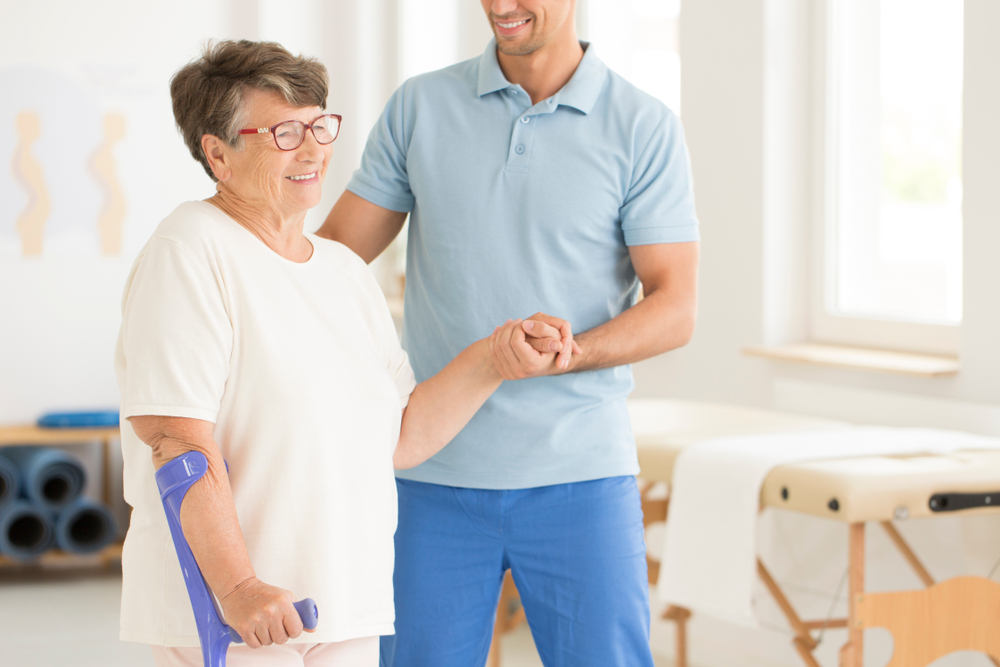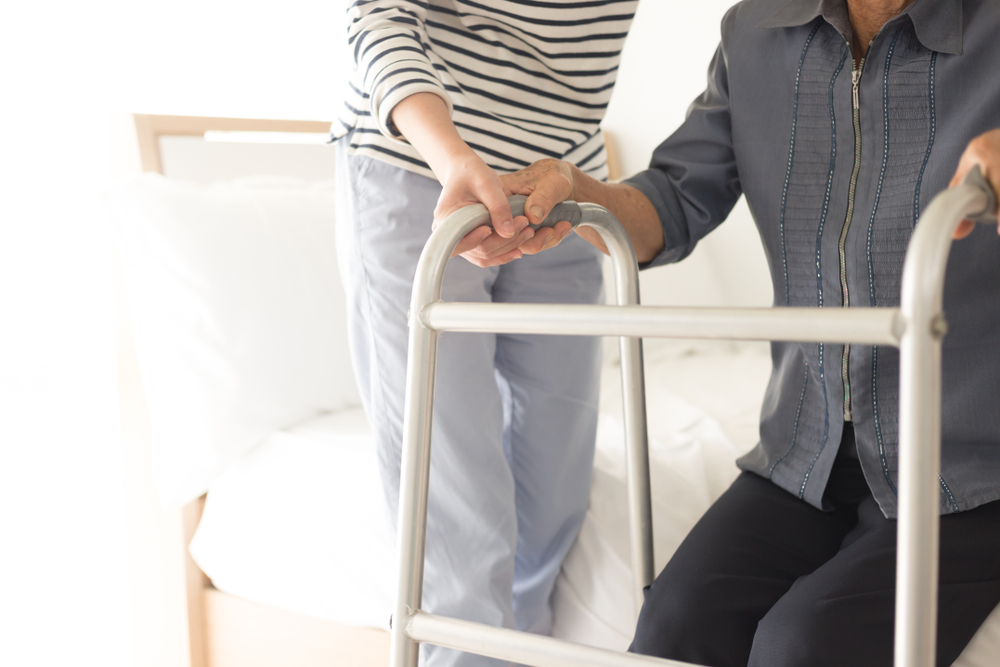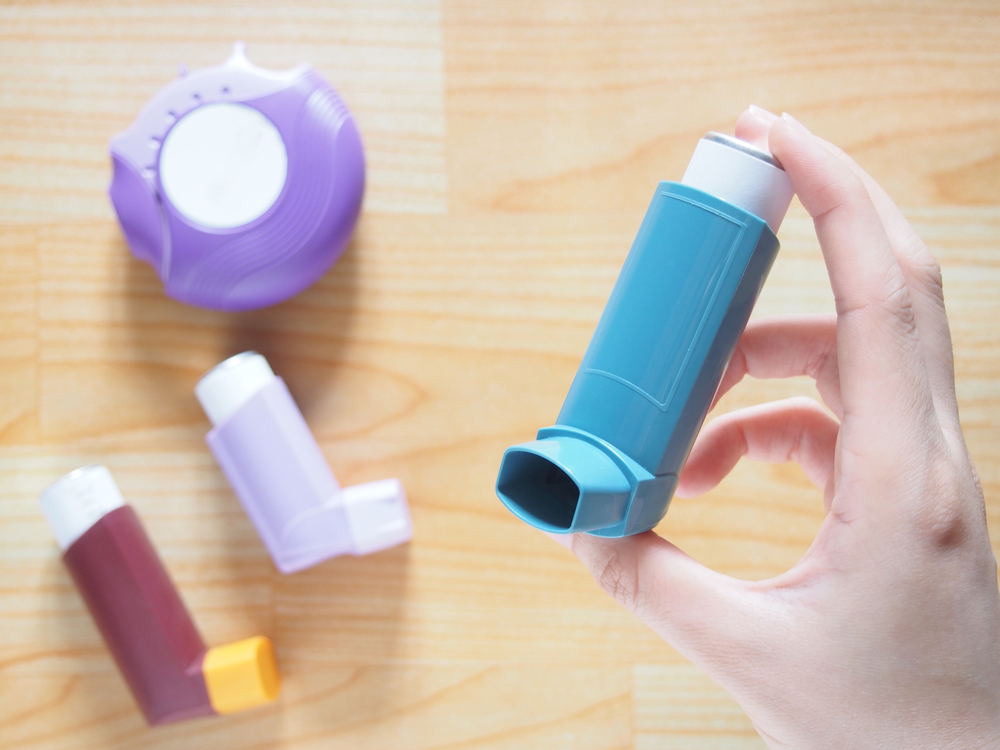Rehabilitation after Stroke
A stroke (also known as a cerebrovascular accident or CVA) occurs when blood supply to the brain is interrupted. This occurs when an artery supplying the brain with blood becomes blocked (ischaemic stroke) or bursts (haemorrhagic stroke). This starves the brain cells of oxygen leading to braincell death. Each area of the brain has a different function and the impairments caused by the stroke are associated with the area of the brain that has been damaged. These can include any combination of motor (muscle strength), sensory (skin and organ sensation), emotional and cognitive (thinking) impairments.


What are the benefits of exercise in patients after stroke?
Specific exercise therapy is a vital component of rehabilitation after stroke. In patients that have developed motor impairments (difficulties with strength and muscle control), exercise-based rehabilitation can improve their function, increase their mobility, increase independence and improve quality of life. Exercise also has the benefit of increasing cardiovascular fitness, improving physical activity tolerance, improving mental well-being and improving general health.
What type of exercise is best for patients after stroke?
The type of exercise for each patient is highly dependent on their specific impairments and functional limitations. In general, physical exercise programs should focus on two main goals: 1) Include specific exercises to reduce the deficits directly associated with the stroke, such as leg weakness that is limiting mobility. 2) Include exercises for whole-body fitness to improve general exercise capacity and cardiovascular health.
At Glebe Physio, we have physiotherapists and exercise physiologists that work together to ensure the best exercise program is delivered to each specific patient.

If you would like to ask a question about stroke rehabilitation or anything else, visit our Contact Us page to get in touch.
If you are ready to make an appointment, visit our make a booking page and get started today.
Get Active!
For more, visit our Frequently Asked Questions page.
If you would like to ask a question about our services or anything else, visit our Contact Us page to get in touch.
If you are ready to make an appointment, visit our make a booking page and let us help you with your fitness or recovery.

